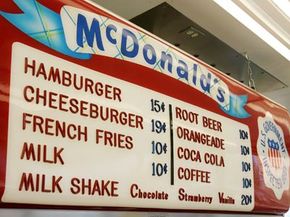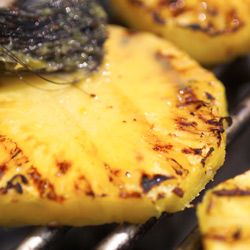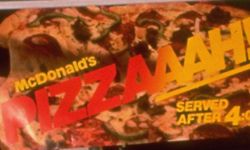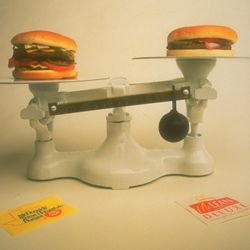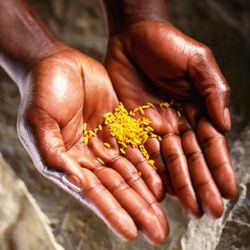Back in the day, you couldn't go wrong with the original McDonald's menu. With two entree choices -- hamburger or cheeseburger -- there wasn't much room to experiment. Nowadays, there are lots of choices.
Many introductions to the McDonald's menu have been successful. Take the Big Mac: "Two all-beef patties, special sauce, lettuce, cheese, pickles, onions on a sesame-seed bun." Other chart-topping hits include the Egg McMuffin and Chicken McNuggets, which quickly won the hearts of customers and keep fans hooked.
Advertisement
But in 50 years of experiments, there were bound to be some mistakes. Some new items failed because customers just didn't like change. In other cases, a menu item didn't sell due to ineffective marketing or simply because it didn't appease many customers' taste buds. Many concoctions have come and gone from the McDonald's menu, proving that sticking a "Mc" prefix in a sandwich's name won't make it sell.
We'll explore five flops that went down in flames. Most of them came after the company's founder, Ray Kroc, died. However, the first flop we'll talk about was actually Kroc's brainchild.
